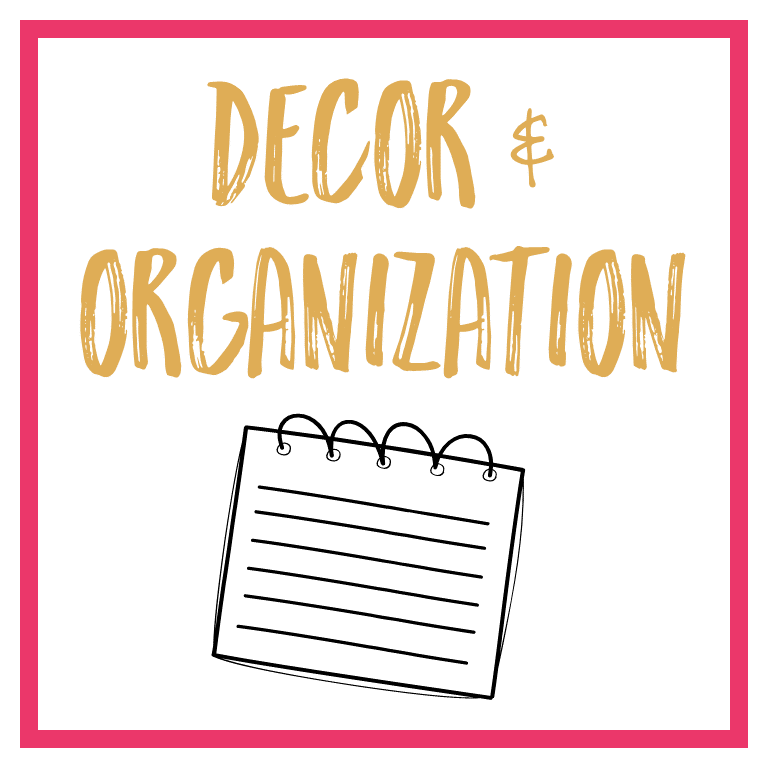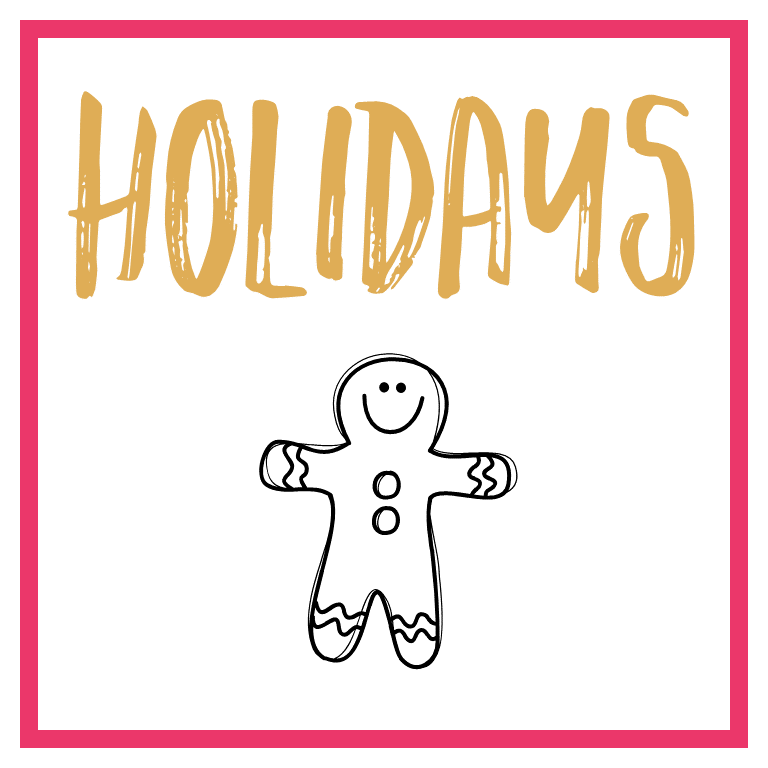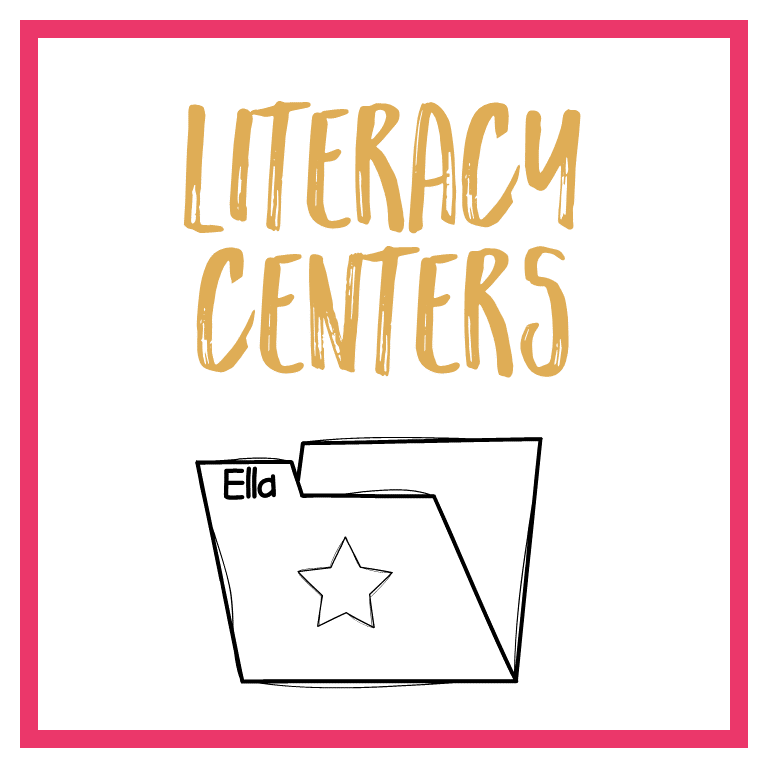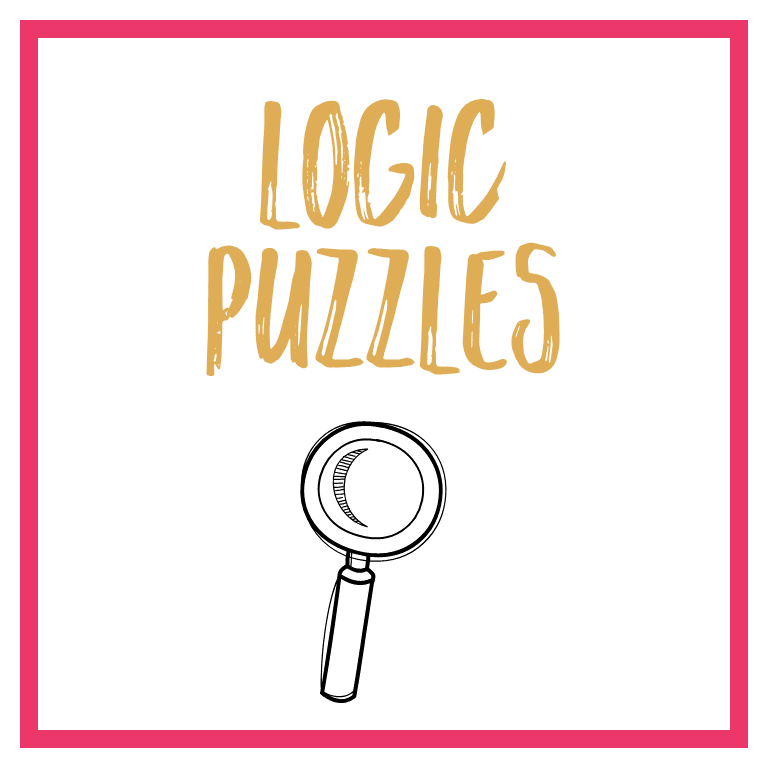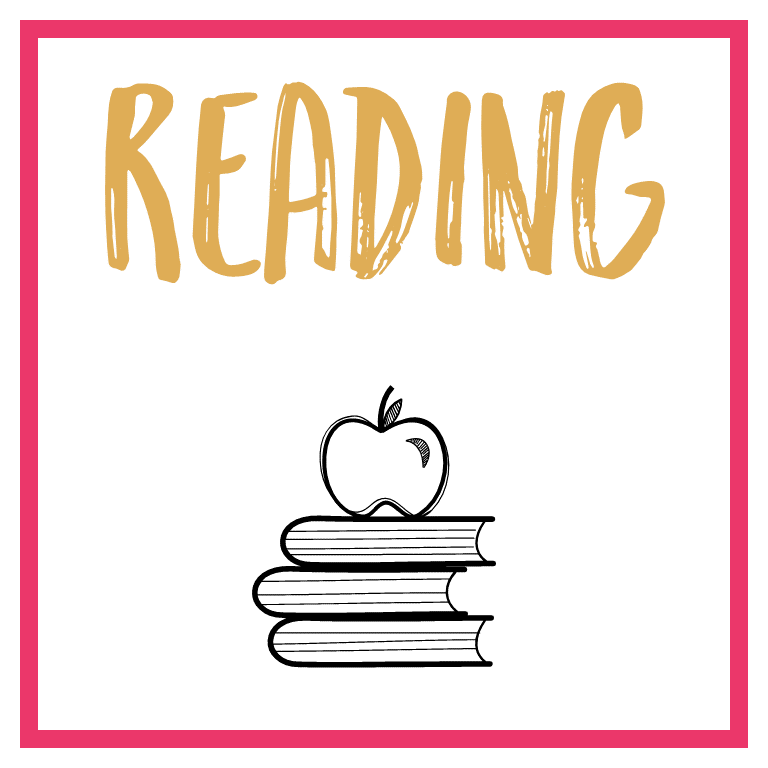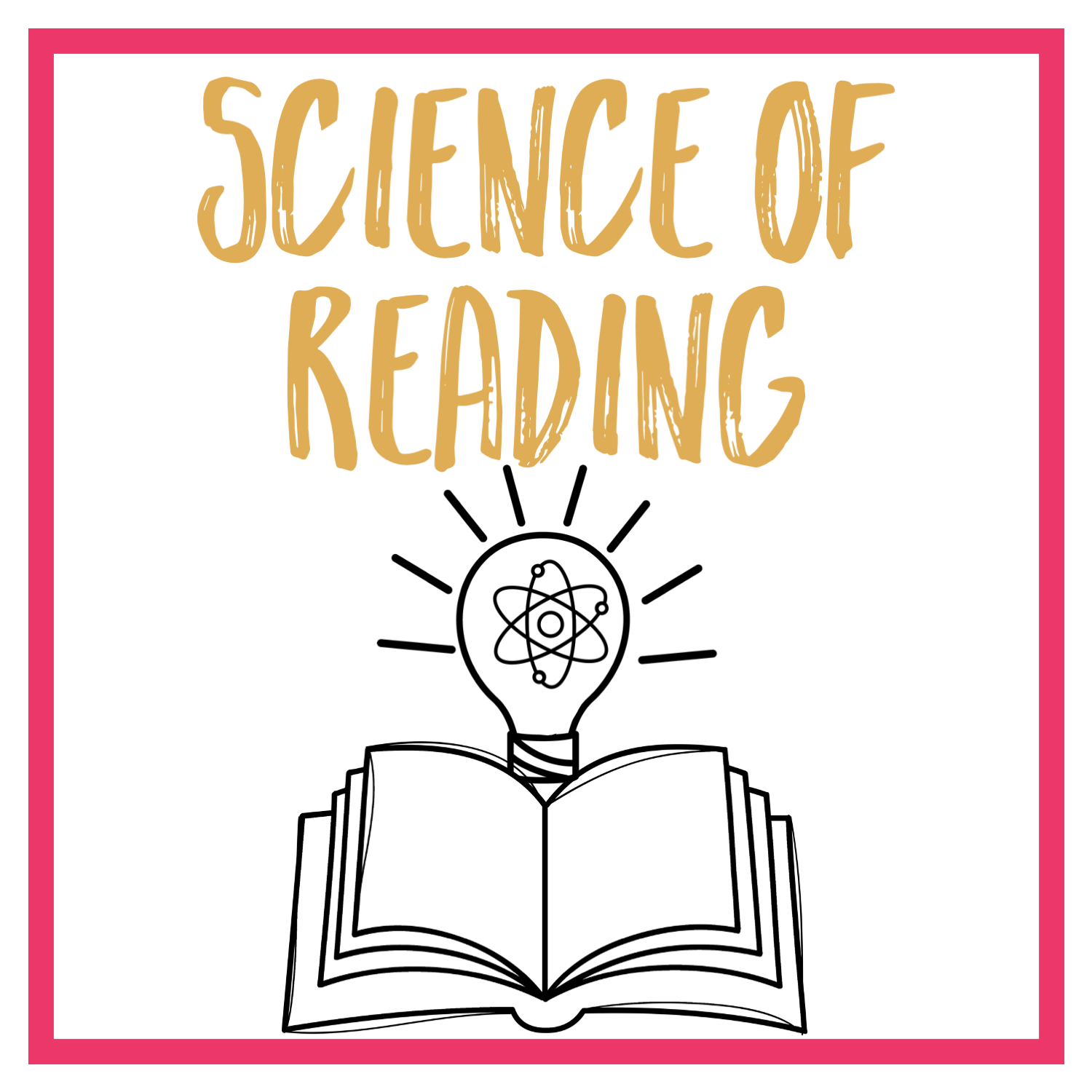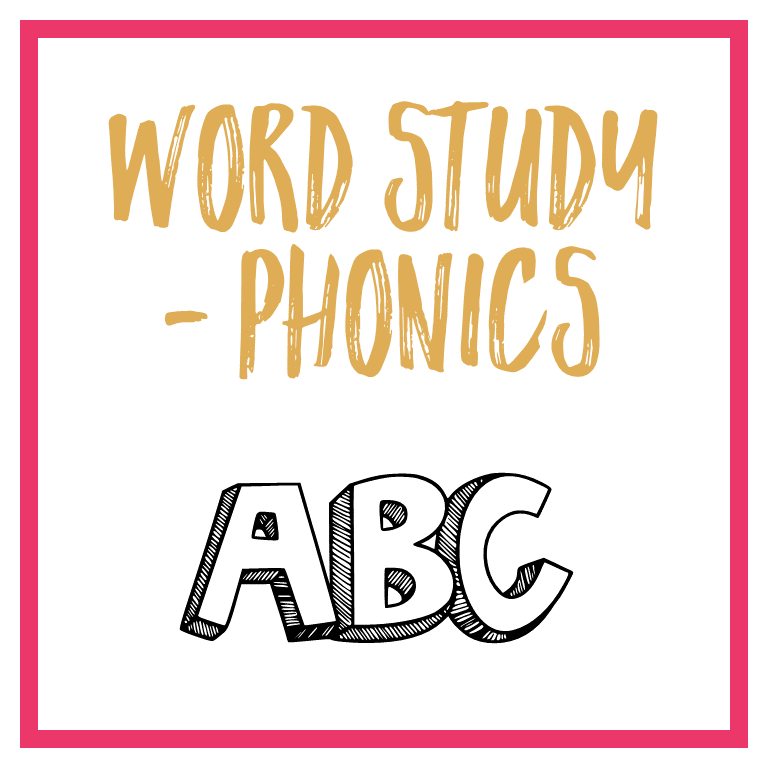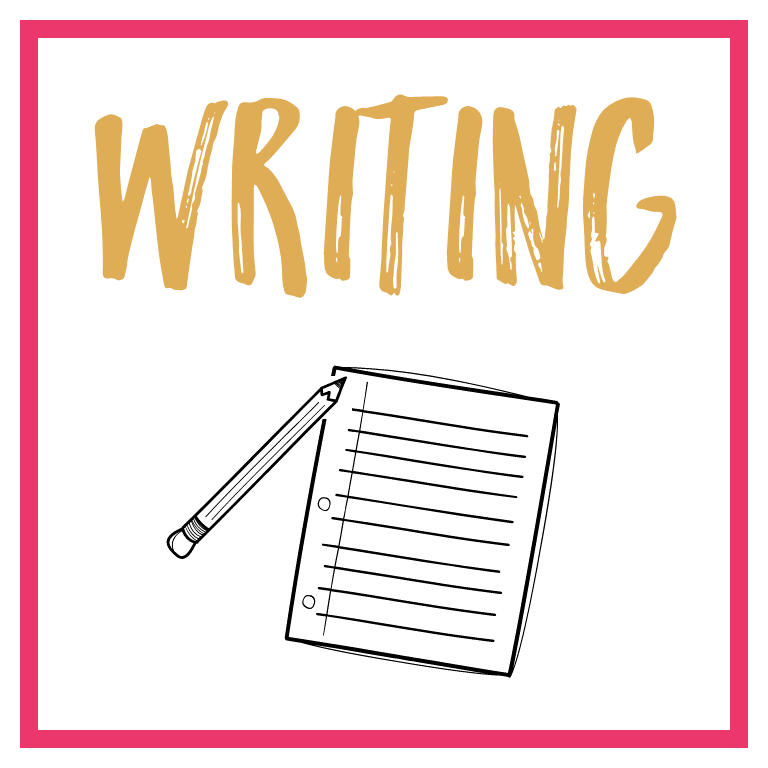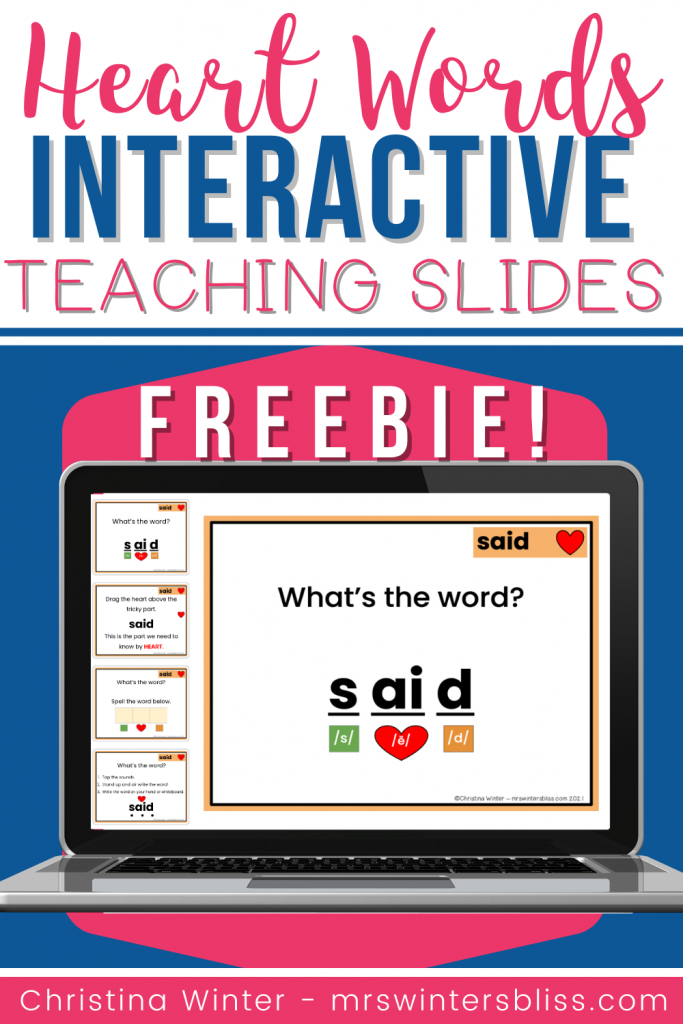
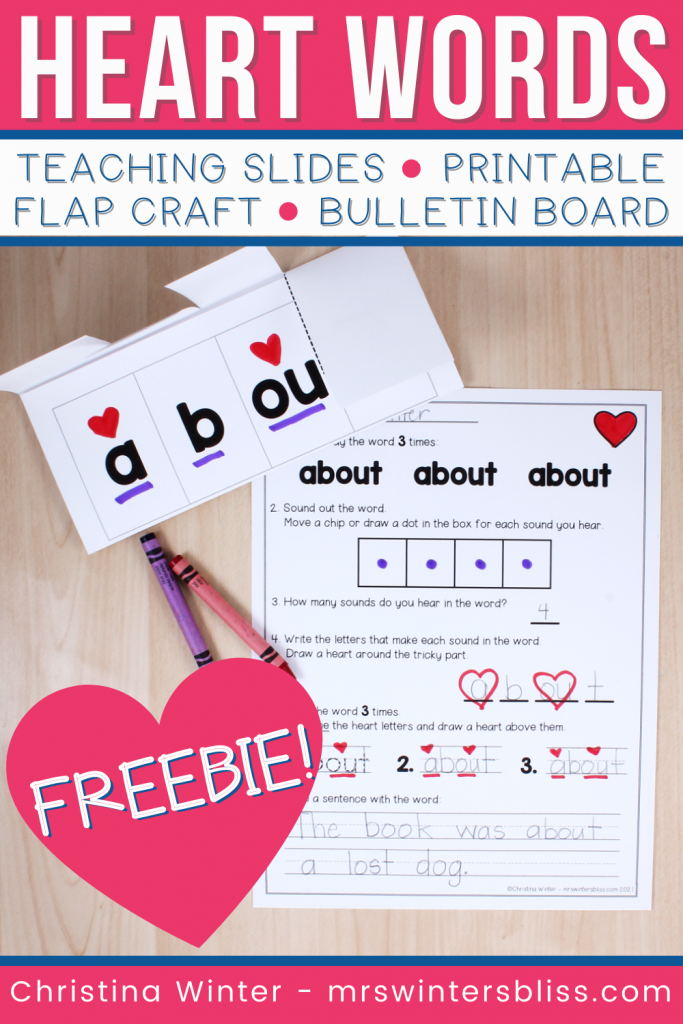
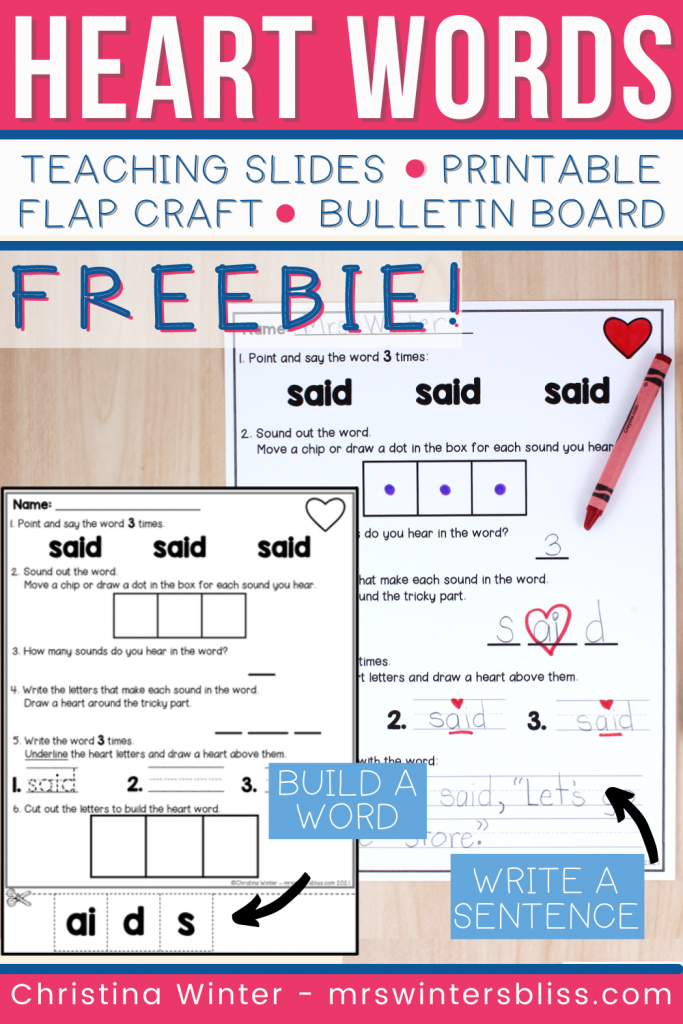
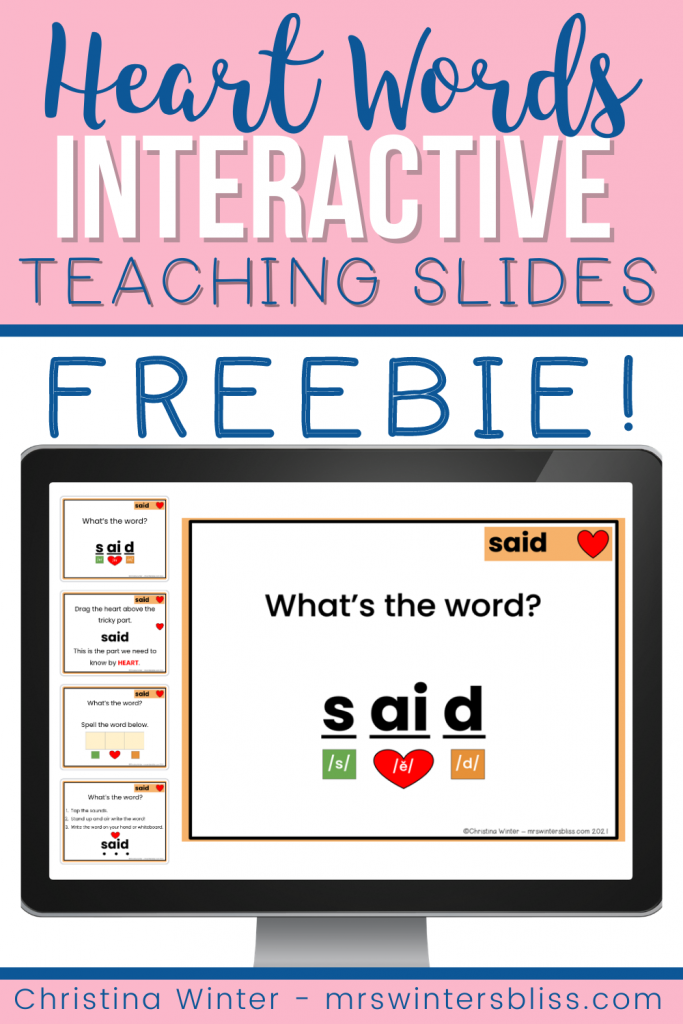
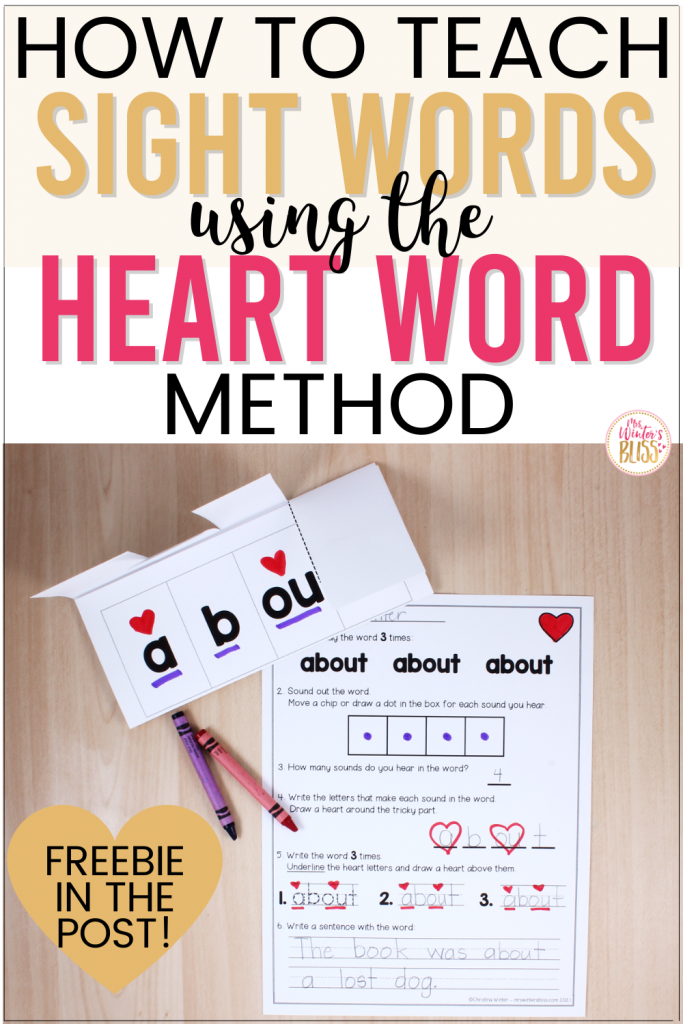
In this post, I explain how to teach high-frequency sight words using the Heart Word method and share my Heart Words resource and activities to help kindergarten, first and second grade students learn sight words.
For many years we taught students their sight words through rote memorization. We thought if a student saw a word enough times, it would eventually stick and they’d know it. While it worked for some, we know it didn’t work for all. There has always been far too many students who struggle to remember new words, and now science is helping us understand why.
In recent years, reading experts and cognitive scientists have begun to look more closely into how we learn to read. They discovered that reading is NOT like visual memory. Something else is going on and it is called Orthographic Mapping.
In my last post I explained Orthographic Mapping, the mental process used to store and remember words, and answered the question “What are Heart Words?“.
Today I’m excited to continue the conversation about Heart Words and move on to explain to you how to use the Heart Word method with your students.
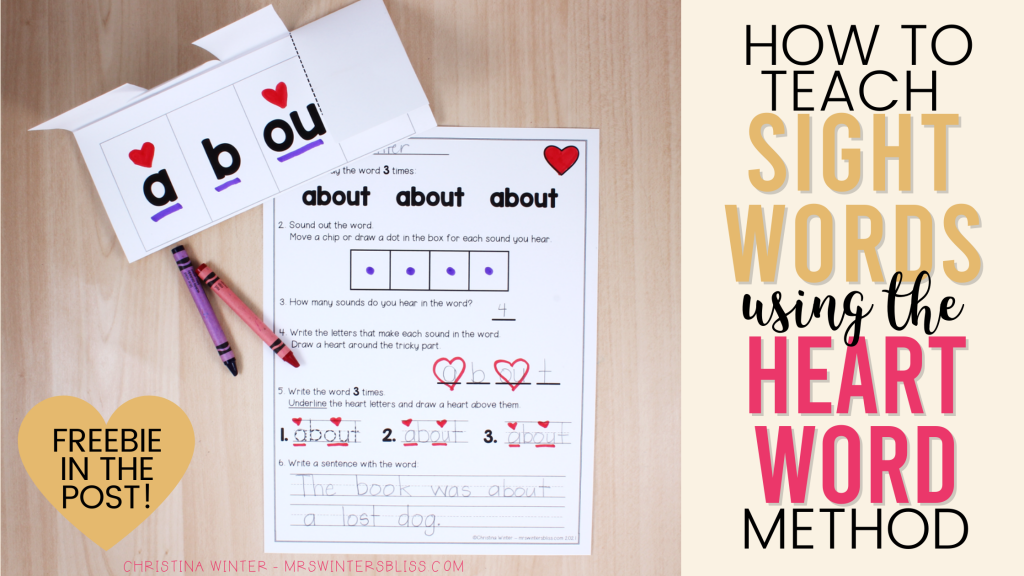
I’ll also share with you my Heart Words resource that will make it easy for you to integrate high frequency sight words into your phonics instruction.
Would you rather watch a video to learn? Grab a drink and press play!
When to Teach High-Frequency Sight Words
High-frequency “sight words” can first be categorized into two groups – regularly spelled and irregularly spelled.
Regularly spelled high-frequency words are called “Flash Words”. We want students to see the word and know it “in a flash”. These words can be decoded using common phonics knowledge and letter-sound relationships.
High-Frequency Words that are irregularly spelled are called “Heart Words” because some part of the word must be explicitly taught and “learned by heart”.
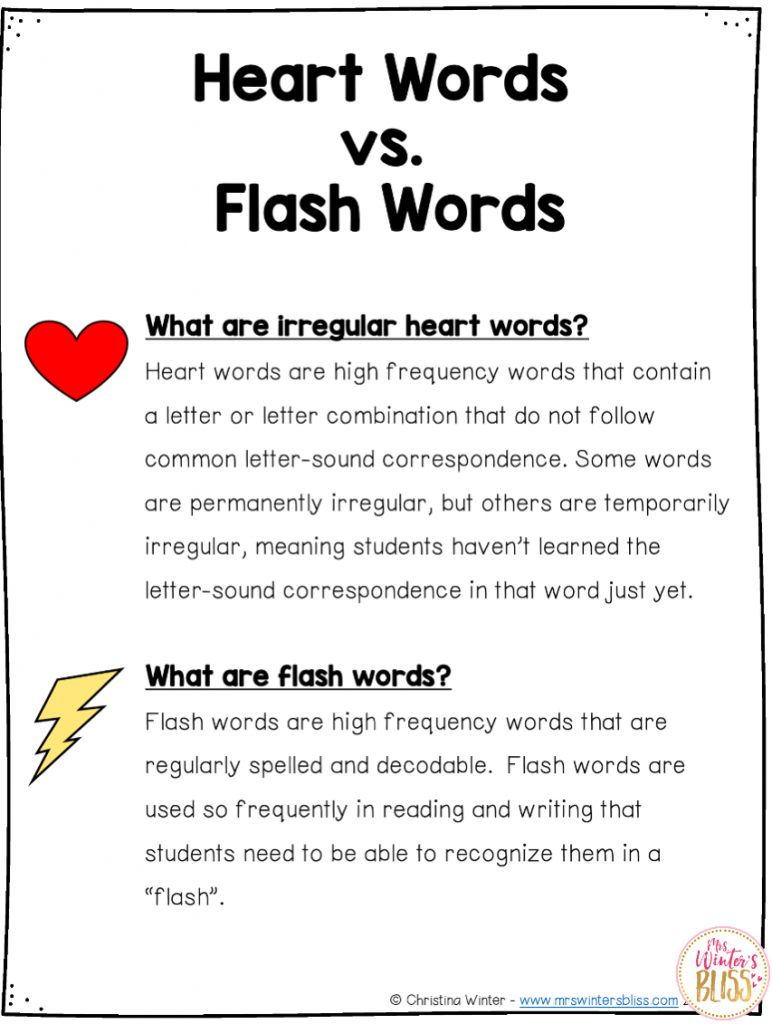
Both Heart Words and Flash words should be introduced when they fit into the phonics pattern being taught. Unsure of what order to teach phonics patterns? Check out this phonics scope and sequence for kindergarten, first and second grade students. It can serve as a helpful guide!
How to Teach Heart Words
Remember, Heart Words are unique because they have heart letters, or tricky parts, that students must be taught. Here are the steps for teaching students Heart Words:
- First, introduce the word and read it in a sentence.
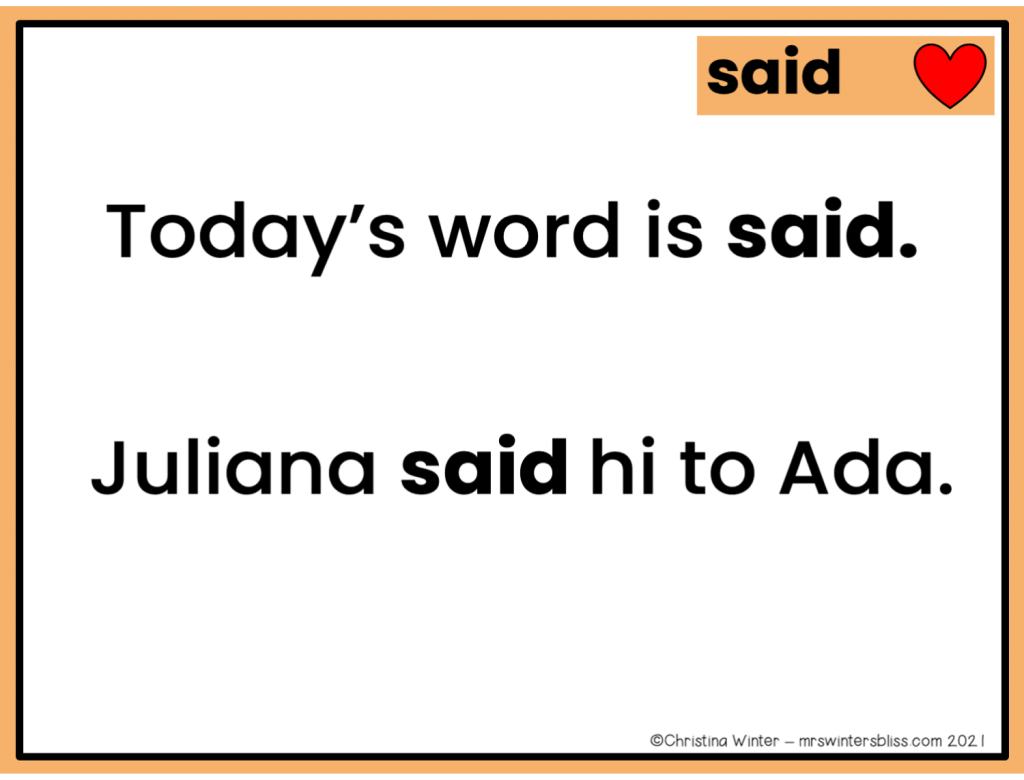
2. Next, tap out the sounds you hear in the word. Repeat the word.
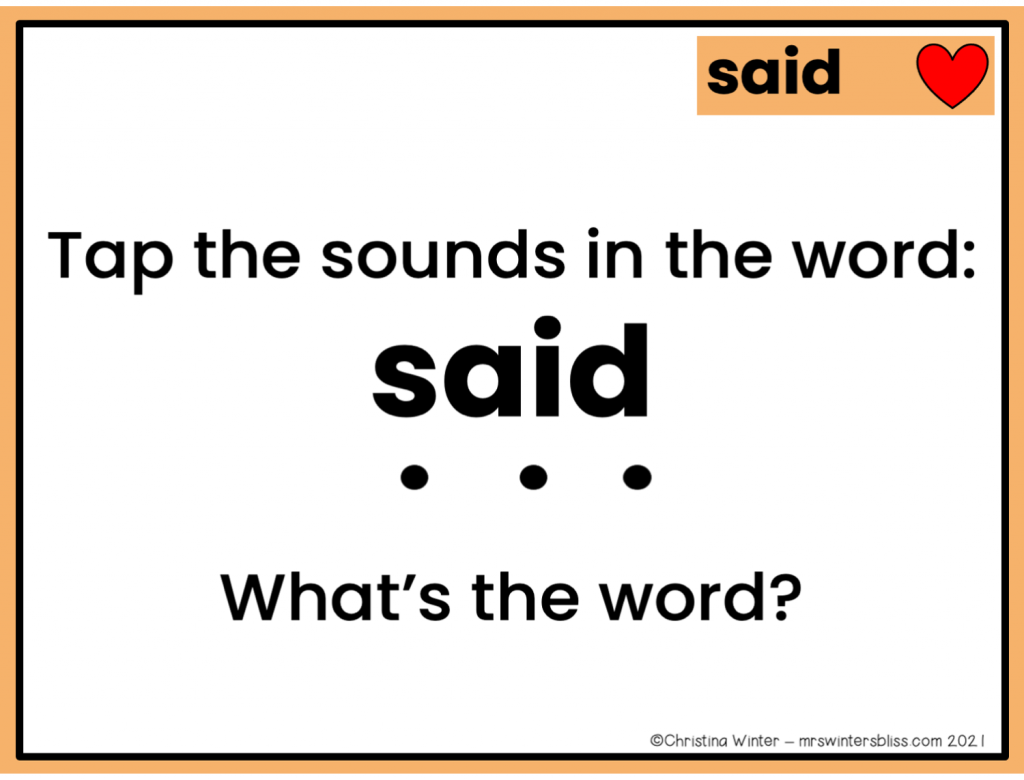
3. Identify the number of sounds you hear in the word.
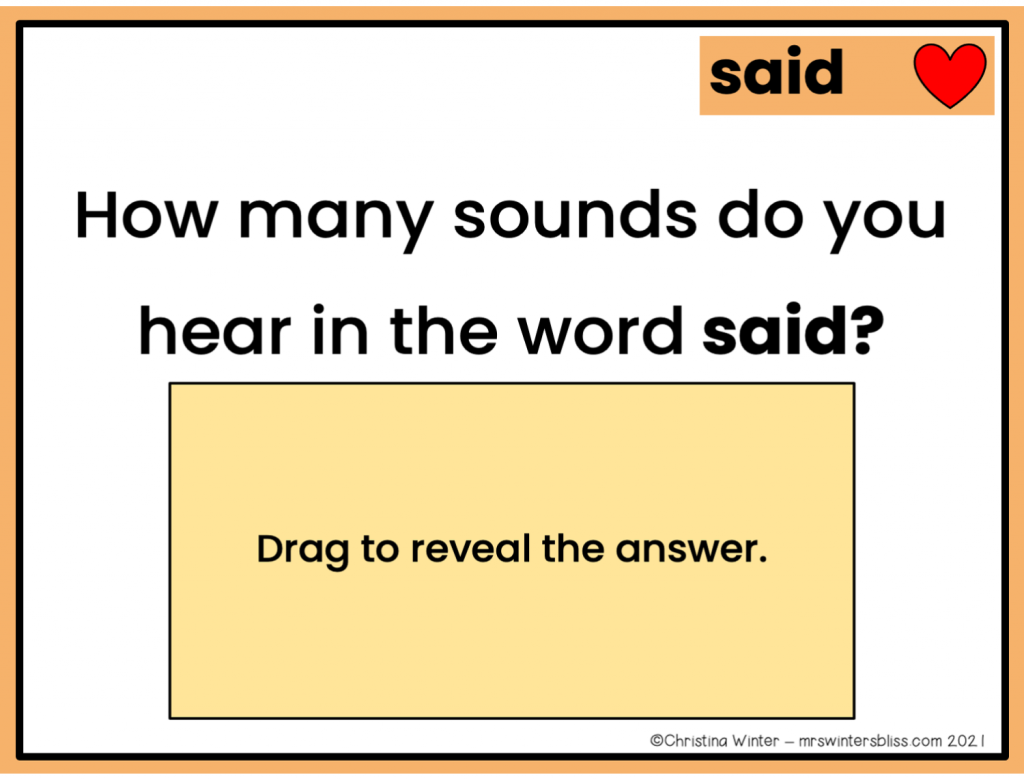
4. Name the first and the last sound you hear, as well as any other easily identifiable letter sounds.
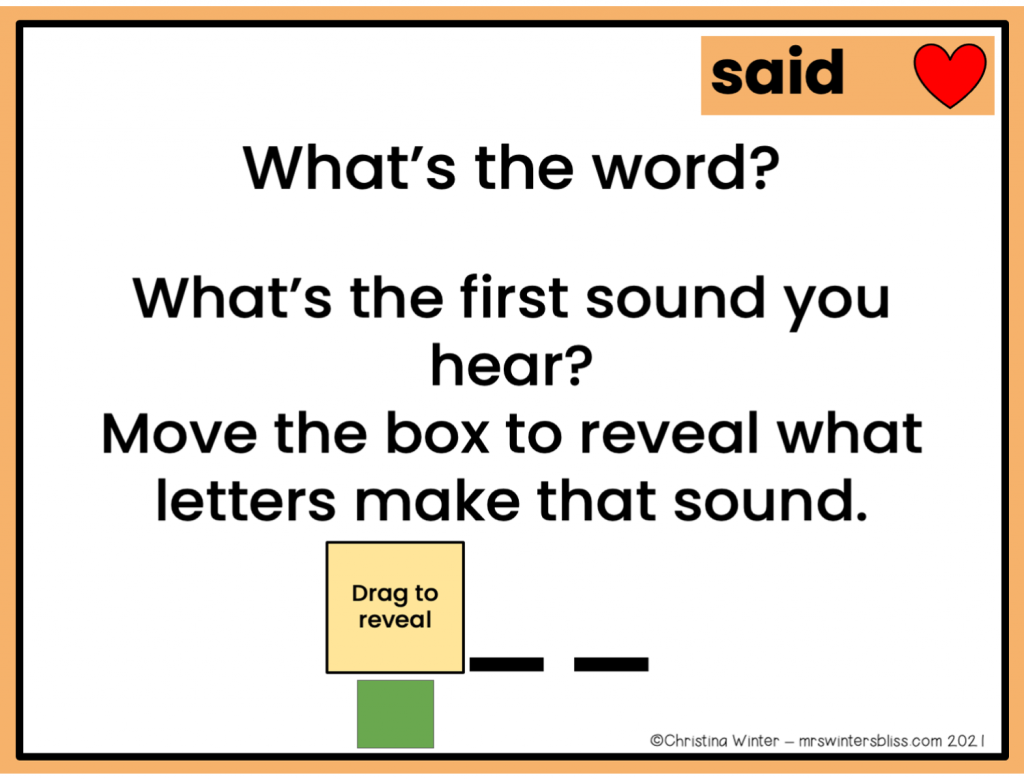
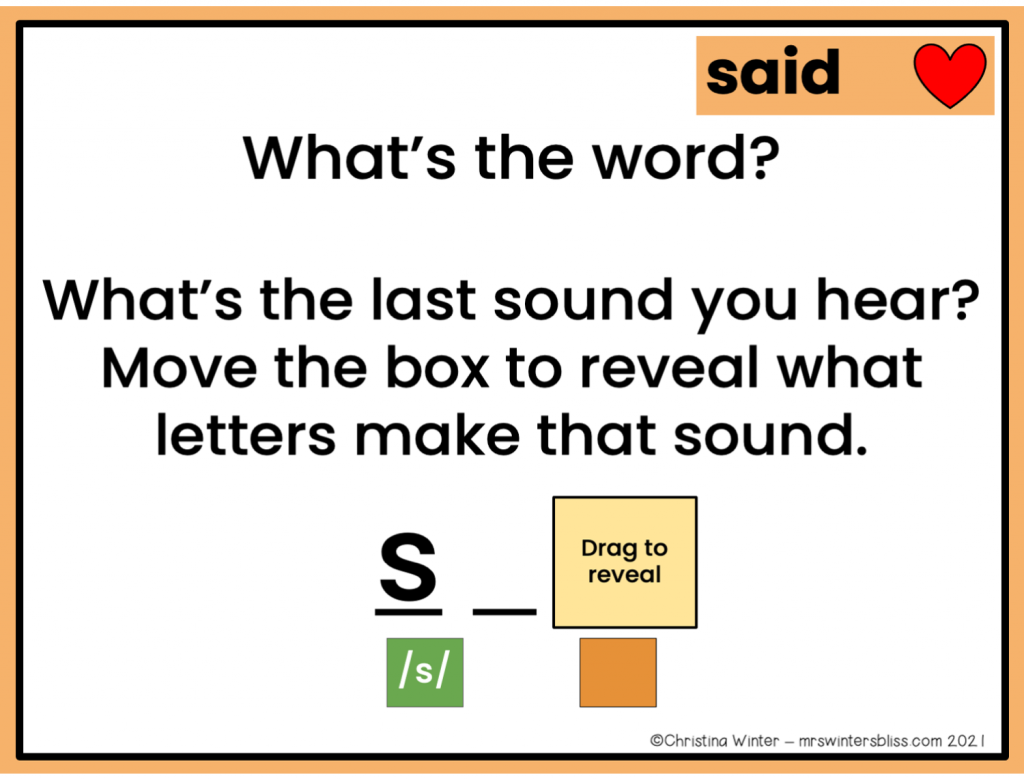
5. Finally, explicitly teach students the sound that the heart letters make. This is the tricky part of the word and the part they must know by heart. Provide clear and direct phonics instruction for the tricky sound to ensure all students know it by heart!
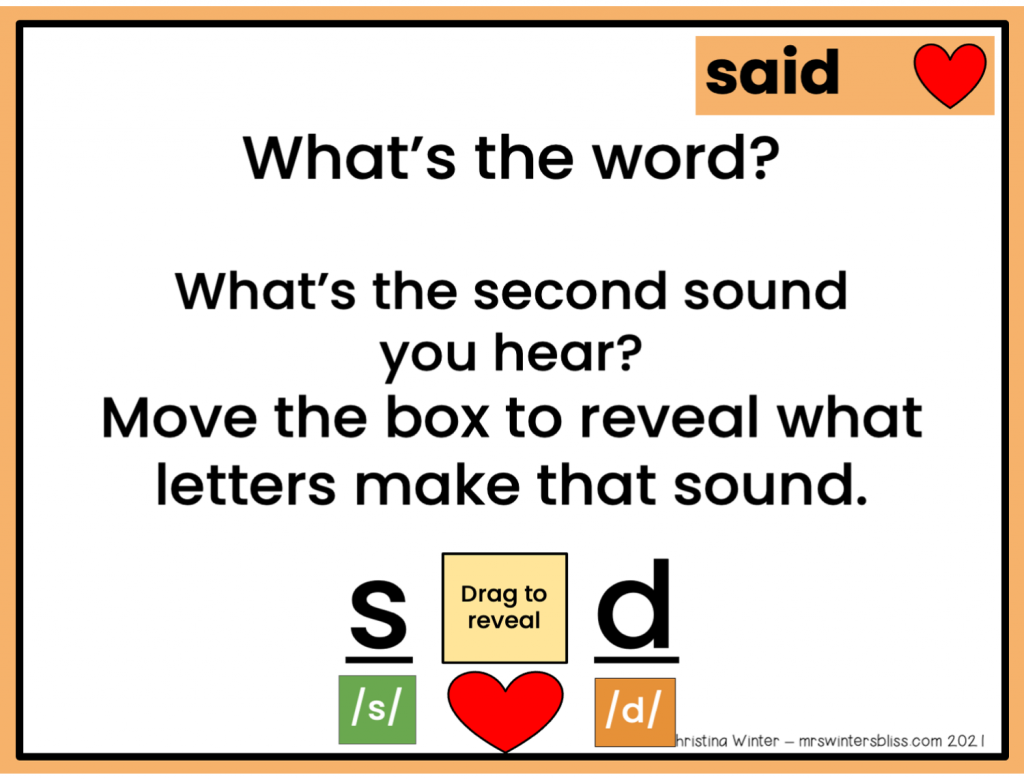
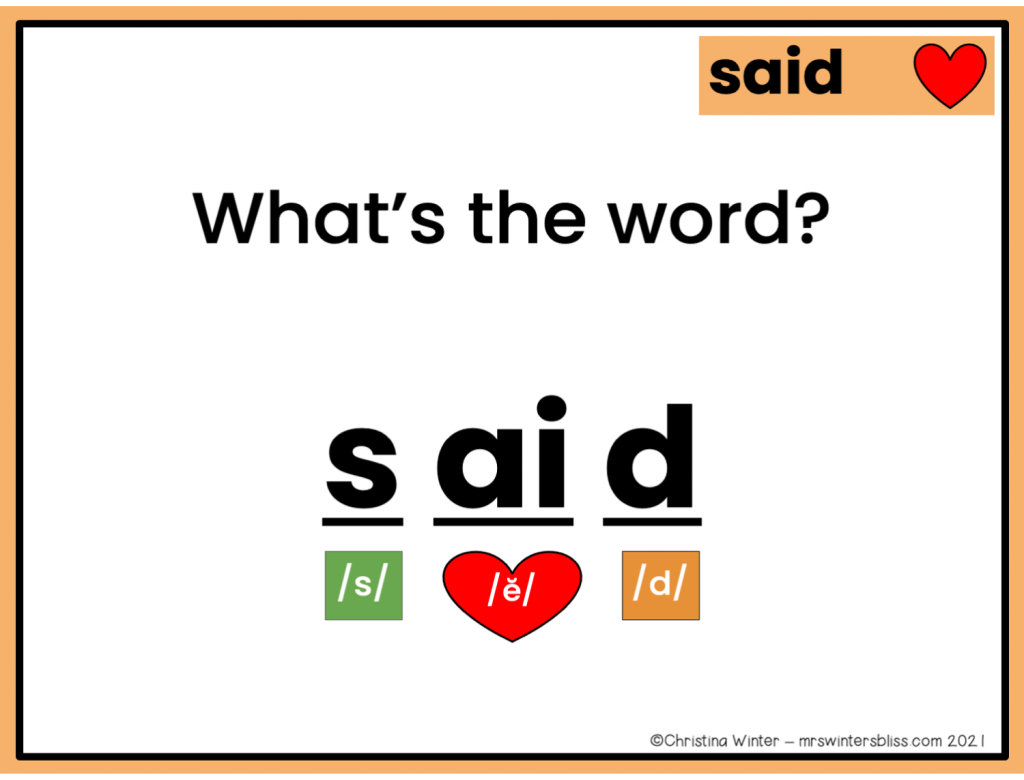
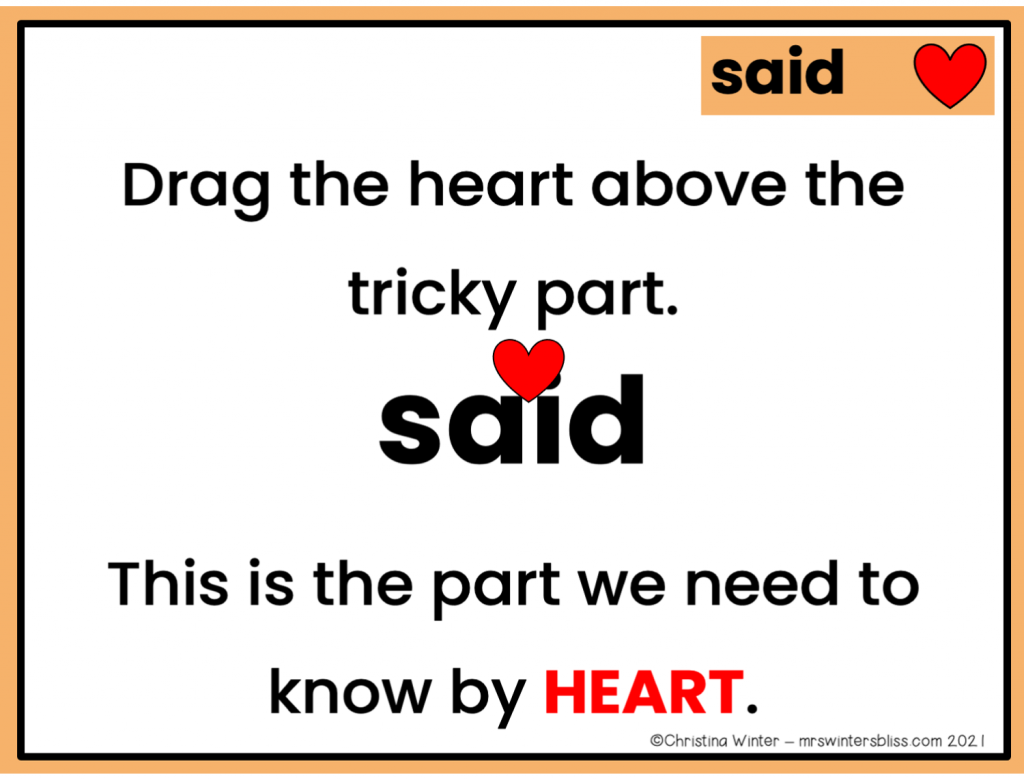
I recognize that as helpful as it may be, all of this new information can feel overwhelming. An instructional shift such as this does take time (and energy!) to plan and create. Maybe it’s time and energy you just don’t have right now….but this is where I’ll help you!
A Resource to Help You Teach Heart Words
I believe in the Heart Word Method for learning sight words, so much that I went ahead and created my own science-based Heart Words resource. It’s a NO PREP resource that makes it easy for you to integrate high frequency sight words into your phonics instruction!
The resource includes digital teaching slides for 220 high frequency sight words. Simply follow the slides and you are following the steps for teaching heart words! The slides are also FULLY EDITABLE so you can change them to fit the needs of your students, as well as your own teaching style.
You’ll get two versions of independent students practice printable for every word, as well as a foldable craftivity to extend learning for each word.
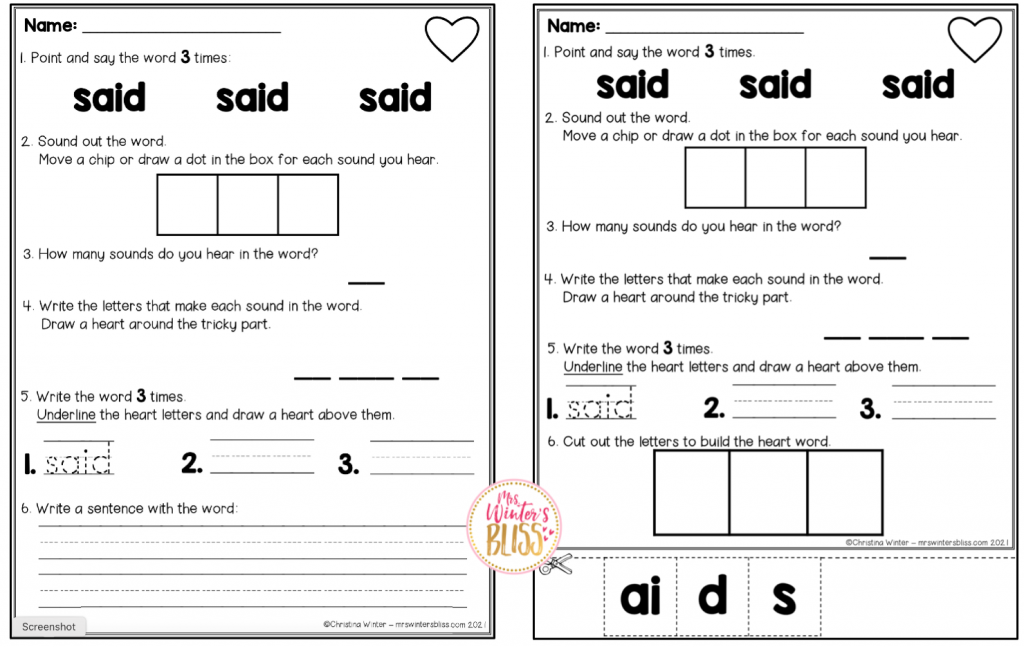
The teaching slides are great for whole class and small group lessons, while the printables are the perfect no-prep, independent practice activity.
To help ensure you feel totally confident and secure using the Heart Word Method, I included more helpful information about Heart Words, teaching tips and additional recommended resources.
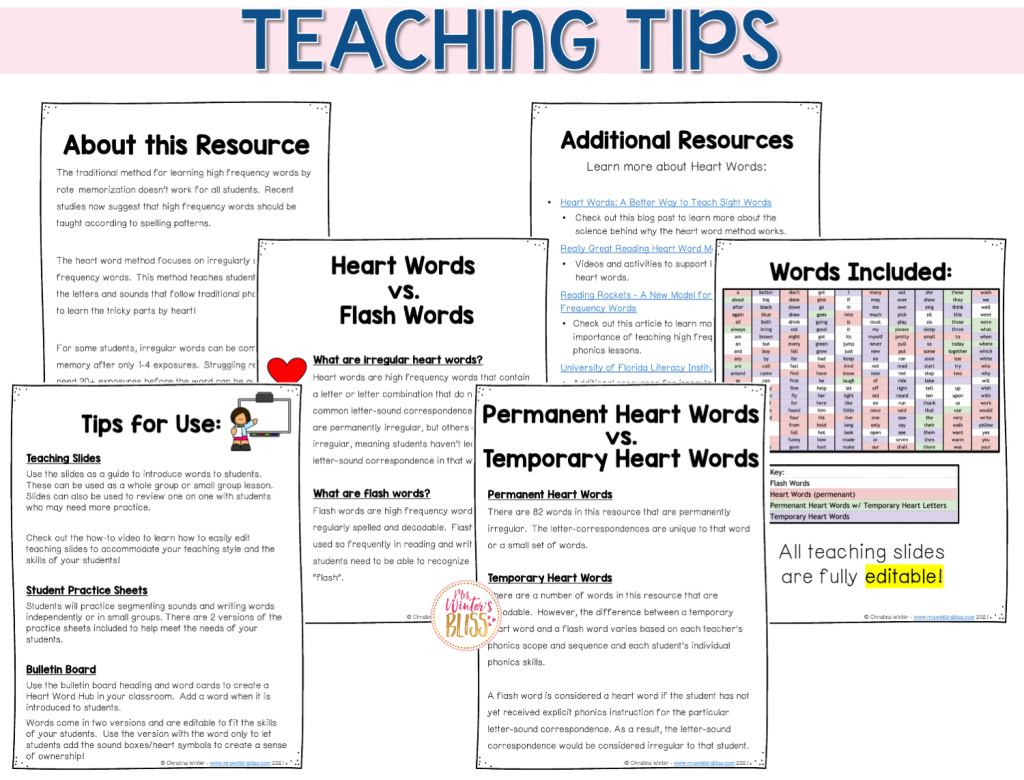
Feeling eager and motivated to start integrating sight words into your phonics lessons?? Take a deeper look at the resource by downloading this FREE sample that includes 5 different words!
-
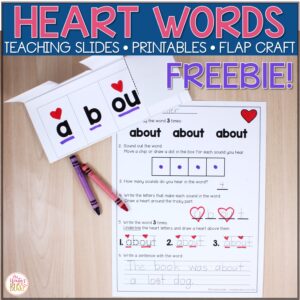 Free Heart Words – Teaching High Frequency ( sight words )$0.00Rated 4.93 out of 5 based on 44 customer ratings
Free Heart Words – Teaching High Frequency ( sight words )$0.00Rated 4.93 out of 5 based on 44 customer ratings
Learning about the Science of Reading makes me wish I had taught my students their sight words differently. But since I can’t change the past, I’m happy knowing I can help YOU do better with your students.
I hope you’ve found the information I’ve shared about Heart Words to be useful, and that my Heart Word resource will help ensure that ALL of your students become fluent and successful readers!
-shop this post-
-
 Free Heart Words – Teaching High Frequency ( sight words )$0.00Rated 4.93 out of 5 based on 44 customer ratings
Free Heart Words – Teaching High Frequency ( sight words )$0.00Rated 4.93 out of 5 based on 44 customer ratings -
Sale Product on sale
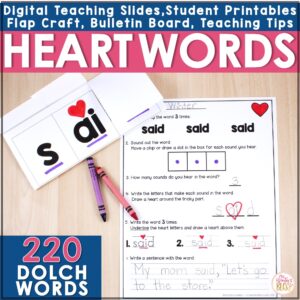 Heart Words – Teaching High Frequency (sight words)Earn 0 Reward Points
Heart Words – Teaching High Frequency (sight words)Earn 0 Reward Points$34.00Original price was: $34.00.$29.50Current price is: $29.50.Rated 4.96 out of 5 based on 24 customer ratings
–PIN for LATER–



